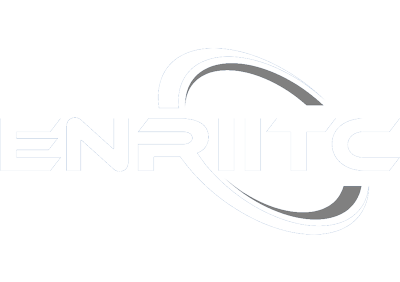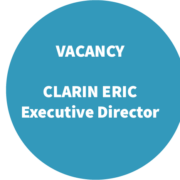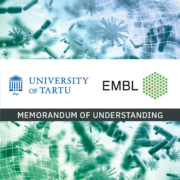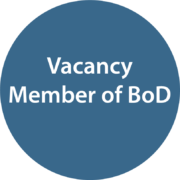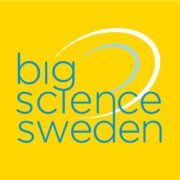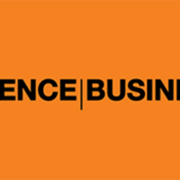#ENRIITCyourCoffee Season 4 Episode 2 on co-building the Innovation and Industry Services Central Support Hub
Welcome to the second episode of #ENRIITCyourCoffee from our 4th season! This time we learned more about the “Innovation and Industry Services Central Support Hub”, the core activity aimed to provide advice and support to all manner of Research Infrastructures (RIs) in their engagement with industry. This concept in the making was introduced to us by regulars of our coffee breaks: Nikolaj Zangenberg, Centre Manager at Danish Technological Institute (DTI) and ILO for European Organization for Nuclear Research (CERN) and XFEL, together with Marco Galeotti, Head of Communications at EMSO ERIC.
Nikolaj and Marco started this interactive episode off with a Mentimeter poll on the geographical location of the participants that joined us on this Thursday afternoon which revealed a rather balanced distribution across Europe.
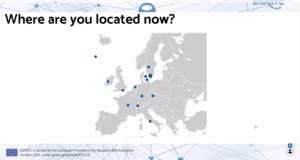
Next up was Marco who gave us an insight to the ENRIITC work package 3 deliverable, which is a research infrastructure innovation preparedness roadmap in its core. Read more about WP3 here.
The main aim of the roadmap is to provide RIs with a comprehensive, common system and support framework for proactively pursuing successful innovation relationships with industry across Europe.
From 05:19 in the video below, you can see Marco explain the 5 action items, which are the main components of the roadmap:
- Establish a pan-European Innovation and Industry Services Support Central Hub
- Adopt a set of core competencies for ICOs and ILOs
- Each Ri should review and implement specific key actions
- Explore building a strategic alliance relationship between the “Innovation and industry Services Support Central Hub” and relevant entities.
- Develop a European Knowledge Exchange Strategy between RIs and Industry.
Next up, Nikolaj pulled out another handy Mentimeter poll to assess the audience’s sentiment on the Hub in statements such as “The hub should be a meeting point for ICOs and ILOs” and “The Hub should offer training courses for ILOs and ICOs.” See all 7 statements and the audience’s responses in the video starting at 12:15.
Nikolaj seamlessly introduced the discussion portion of our coffee break with a Mentimeter open-ended question: “Which resources would you like to have available in a common hub?” The comments sparked a discussion on the necessity of networking and having a permanent staff amongst other nuggets of wisdom. Watch the comments flow in from 14:10 in the recording below.
